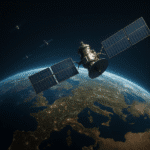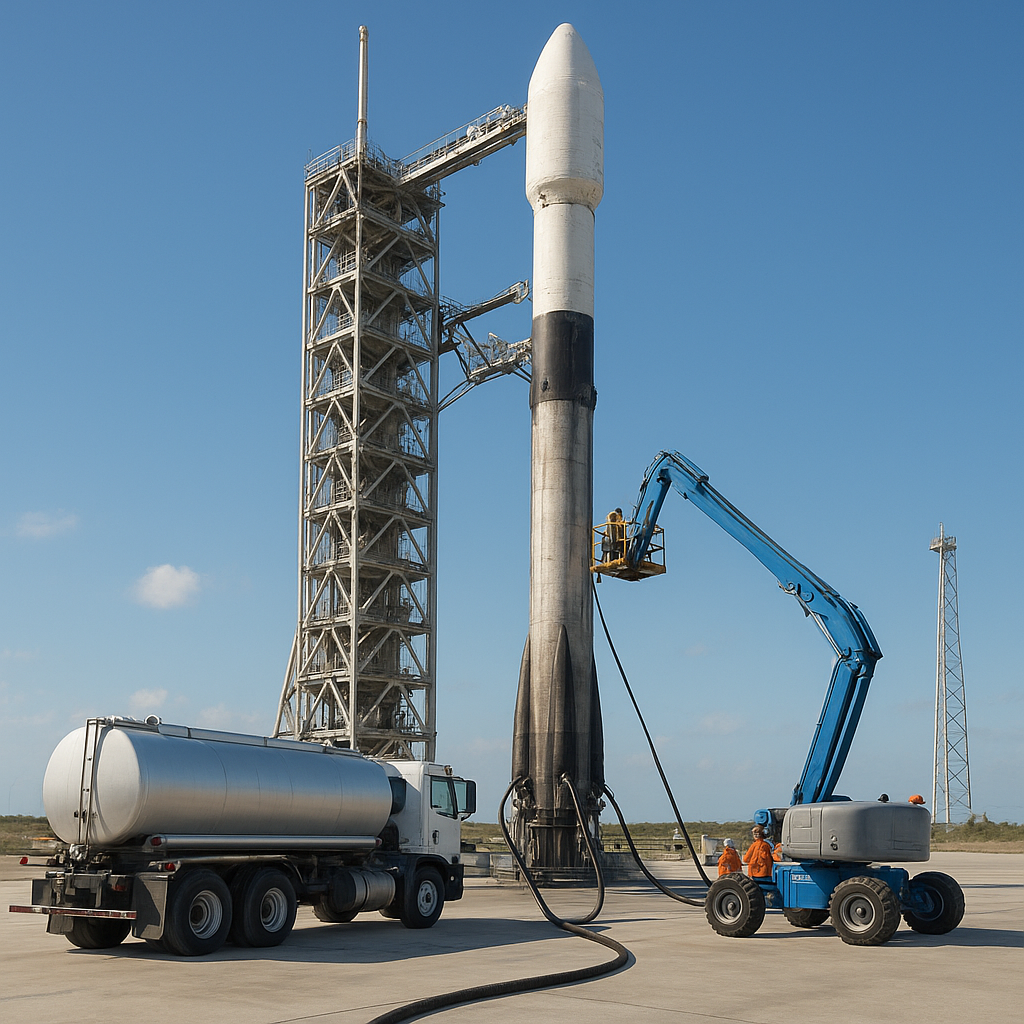In the realm of impressive agriculture, the integration of technology has revolutionized traditional farming practices, leading to increased efficiency and sustainability. This article delves into the transformative role of technology in agriculture, exploring how innovations such as precision farming, automation, and biotechnology are reshaping the agricultural landscape.
Precision Farming: The Future of Crop Management
Precision farming, also known as precision agriculture, is a farming management concept that uses technology to monitor and manage field variability in crops. This approach allows farmers to optimize their inputs, such as water, fertilizers, and pesticides, to enhance productivity and reduce waste. By utilizing GPS technology, remote sensing, and data analytics, precision farming provides farmers with detailed insights into their fields, enabling them to make informed decisions.
One of the key components of precision farming is the use of GPS-guided equipment. Tractors and other machinery equipped with GPS technology can operate with remarkable accuracy, reducing overlap and ensuring that inputs are applied precisely where needed. This not only saves time and resources but also minimizes environmental impact by reducing the over-application of chemicals.
Remote sensing technology, including drones and satellite imagery, plays a crucial role in precision farming. These tools provide real-time data on crop health, soil conditions, and weather patterns. Farmers can use this information to identify areas of stress in their fields, such as pest infestations or nutrient deficiencies, and take targeted action to address these issues. This proactive approach helps to maximize yields and improve overall crop quality.
Data analytics is another vital aspect of precision farming. By collecting and analyzing data from various sources, farmers can gain a comprehensive understanding of their operations. This data-driven approach allows for more accurate yield predictions, better resource allocation, and improved risk management. As a result, farmers can increase their profitability while minimizing their environmental footprint.
Automation and Robotics: Transforming Labor in Agriculture
The introduction of automation and robotics in agriculture has significantly altered the labor landscape, offering solutions to labor shortages and increasing efficiency. Automated machinery and robotic systems are now capable of performing a wide range of tasks, from planting and harvesting to sorting and packaging.
One of the most notable advancements in agricultural automation is the development of autonomous tractors. These self-driving machines can operate around the clock, performing tasks such as plowing, seeding, and spraying with minimal human intervention. By reducing the need for manual labor, autonomous tractors help to address the challenges posed by labor shortages and rising labor costs.
Robotic systems are also making their mark in the field of harvesting. Traditional harvesting methods can be labor-intensive and time-consuming, but robots equipped with advanced sensors and machine learning algorithms can quickly and accurately pick fruits and vegetables. These robots are designed to handle delicate produce with care, reducing damage and waste.
In addition to fieldwork, automation is transforming post-harvest processes. Sorting and packaging robots are now capable of handling large volumes of produce with speed and precision. These systems use computer vision technology to assess the quality of each item, ensuring that only the best products reach consumers. This not only improves efficiency but also enhances food safety and quality control.
Biotechnology: Enhancing Crop Resilience and Sustainability
Biotechnology is playing a pivotal role in advancing agricultural sustainability by developing crops that are more resilient to environmental stresses and diseases. Through genetic engineering and other biotechnological techniques, scientists are creating crop varieties that can thrive in challenging conditions, such as drought, salinity, and extreme temperatures.
One of the most significant achievements in agricultural biotechnology is the development of genetically modified (GM) crops. These crops have been engineered to possess desirable traits, such as resistance to pests and diseases, improved nutritional content, and enhanced tolerance to herbicides. GM crops have been widely adopted in many parts of the world, leading to increased yields and reduced reliance on chemical inputs.
In addition to GM crops, biotechnology is also being used to develop new plant breeding techniques, such as CRISPR-Cas9 gene editing. This powerful tool allows scientists to make precise changes to a plant’s DNA, enabling the development of crops with specific traits. For example, researchers are using CRISPR to create crops that require less water or are more resistant to climate change-related stresses.
Biotechnology is also contributing to the development of sustainable agricultural practices. For instance, biofertilizers and biopesticides, derived from natural sources, are being used to reduce the environmental impact of conventional fertilizers and pesticides. These bioproducts promote soil health and biodiversity, leading to more sustainable and resilient farming systems.
Conclusion: The Future of Agriculture
The integration of technology in agriculture is driving a new era of innovation and sustainability. Precision farming, automation, and biotechnology are transforming traditional farming practices, offering solutions to some of the most pressing challenges facing the industry today. As these technologies continue to evolve, they hold the potential to further enhance productivity, reduce environmental impact, and ensure food security for a growing global population.
However, the widespread adoption of these technologies also presents challenges, such as the need for investment in infrastructure, training, and regulatory frameworks. To fully realize the benefits of technological advancements in agriculture, stakeholders must work together to address these challenges and ensure that the benefits are accessible to farmers of all scales and regions.
In conclusion, the impressive advancements in agricultural technology are paving the way for a more efficient, sustainable, and resilient food system. By embracing these innovations, the agricultural sector can continue to thrive and meet the demands of a changing world.










